The potential of the internet to network individuals together to create publics of mutual interest and achieve shared goals is one of its greatest strengths.
This activity, either when directed by a central entity such as a government organisation, or spontaneously arising within the group has the potential to achieve significant results, and is generally given the label of crowdsourcing.
Crowdsourcing can be defined more formally as “The activity of giving tasks to a large group of people or to the general public, for example, by asking for help on the internet (Cambridge Dictionary Online, n.d) .
A great example of this such efforts in the digital space can be seen with Wikipedia, which is a crowdsourced collection of millions of information pages related to a myriad of subjects. There have been
The Covid -19 Response
One of the most significant uses of crowdsourcing is to identify and deliver mutual aid to people who are in the midst of natural disasters and emergencies. In this way crowdsourcing serves as a distributed problem solving model, and turns people into co-producers of public services as assistance (Lui 2021).
One very recent example of this is the crowdsourced community response to Covid-19, especially in India where the Delta variant first appeared. Covid can be seen as a longterm, rolling natural disaster, and with an overwhelming surge of cases in March 2021, the people of india turned to social media to find oxygen cylinders, hospital spaces and life saving medications, (Ajay& Malekoff 2021)
While the scale of infection and subsequent health issues was overwhelming to the Indian government, more lives were able to be saved by these crowdsourced actions. This time critical activity was in contrast to other crowdsourced disaster approaches, that utilise tools such as Ushahidi to form maps of an unfolding crisis using social media data to direct relief efforts from governments or NGOs with realtime, geolocated information (Poblet & Romeu 2012).
For individuals, waiting for oxygen that is required immediately, having access to the crowdsourced data available and network people willing to help required an immediacy that did not allow for a top down relief effort. The spontaneous, crowd sourced actions can provide actionable, quick, and low‐cost solutions to the health and economic challenges that a disaster such as a global pandemic can inflict on a population. (Vermicelli, Cricelli, Grimaldi 2021)
Another fantastic example of crowdsourcing during the early days of the pandemic can be seen in the way that people with access to 3D printing technology were able to respond to shortages in PPE equipment for frontline workers. Utilising social media, people were able to highlight problem areas and locations where PPE resources were lacking. They were then able to form working groups, allocate resources and swap designs and techniques. (Vordos et al. 2020)
In conclusion, we can see in the examples provided that crowdsourced relief in times of crisis can quite often be both generated by and serviced by the crowd itself, rather relying on an organising government or third party to facilitate efforts.
REFERENCES
Ajay Saini, Nancy & Andrew Malekoff 2021, India’s covid catastrophe, Social Work with Groups
Crowdsourcing, Cambridge Dictionary Online, <https://dictionary.cambridge.org/dictionary/english/crowdsourcing>, viewed 12/9/2021
Liu, Helen K 2021, Crowdsourcing: Citizens as coproducers of public services, Policy and internet, 2021-06, Vol.13 (2), p.315-331
Poblet, M Romeu, P 2012, Crowdsourced Crisis Mapping: How it works and why it matters, <https://theconversation.com/crowdsourced-crisis-mapping-how-it-works-and-why-it-matters-7014> , The Conversation, viewed 12/9/2021,
Vermicelli S, Cricelli L, Grimaldi M 2021, How can crowdsourcing help tackle the COVID‐19 pandemic? An explorative overview of innovative collaborative practices, R & D management, 2021-03, Vol.51 (2), p.183-194
Vordos N, Gkika D A, Maliaris G, Tilkeridis K E, Antoniou A, Bandekas D V ; Mitropoulos A 2020, How 3D printing and social media tackles the PPE shortage during Covid – 19 pandemic, Safety science, 2020-10, Vol.130, p.104870-104870
IMAGES
Shanawaz Shaikh (center), who sold his SUV to raise funds in order to start a free service to provide oxygen cylinders to needy people amid the COVID-19 crisis, works at an oxygen distribution center in a slum in Mumbai., <https://www.japantimes.co.jp/news/2021/05/04/asia-pacific/india-youth-coronavirus-crisis>, Japan Times, Viewed 12/9/2021
3D Printer Groups Continue Working Round The Clock To Help 2020 PPE Shortage, (https://thumbor.forbes.com/thumbor/960×0/https%3A%2F%2Fspecials-images.forbesimg.com%2Fimageserve%2F1208425653%2FVolunteers-Started-Printing-3D-Masks-and-Face-Shields-to-be-Donated%2F960x0.jpg%3Ffit%3Dscale>, Forbes, Viewed 12/9/2021
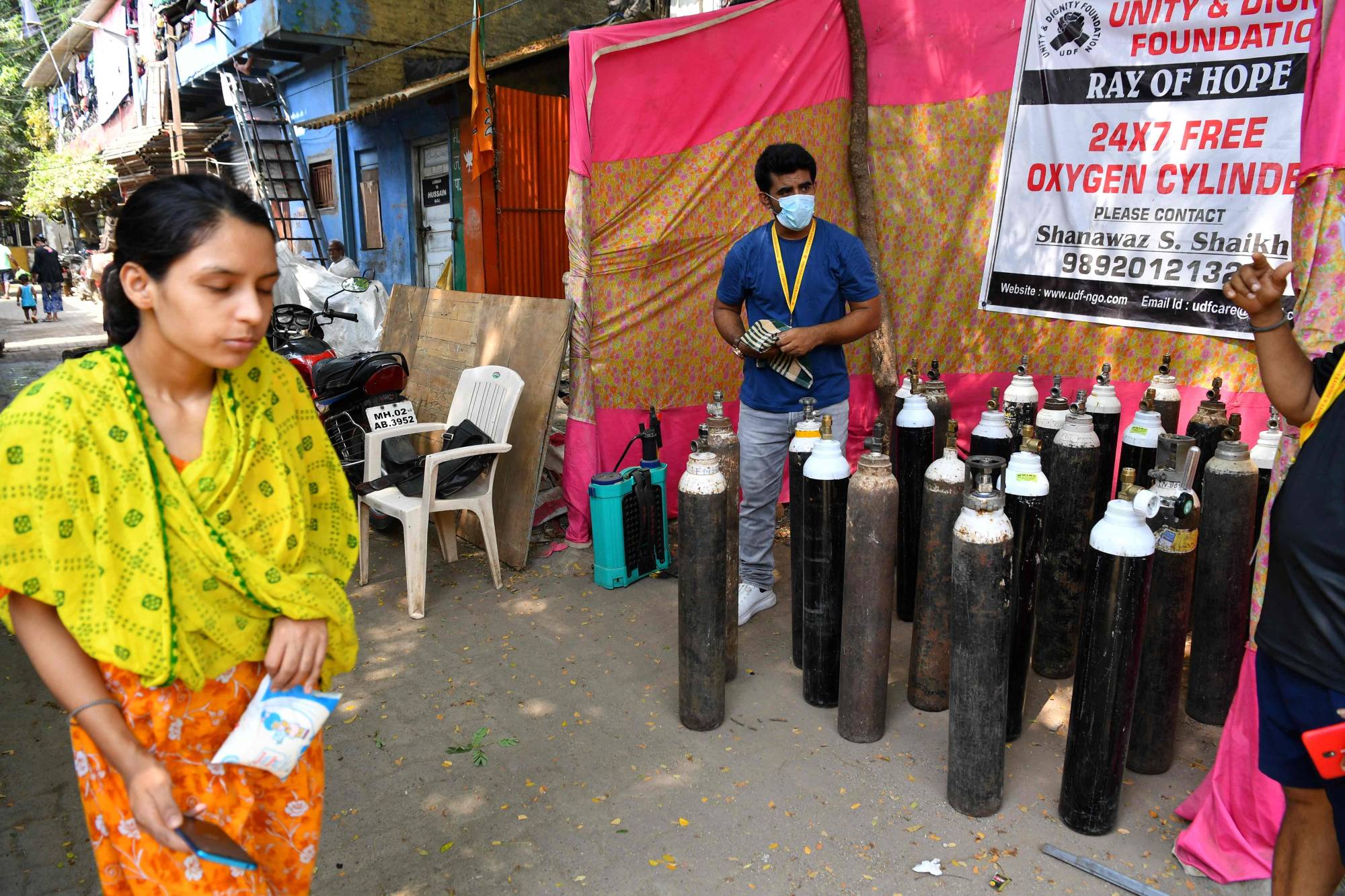
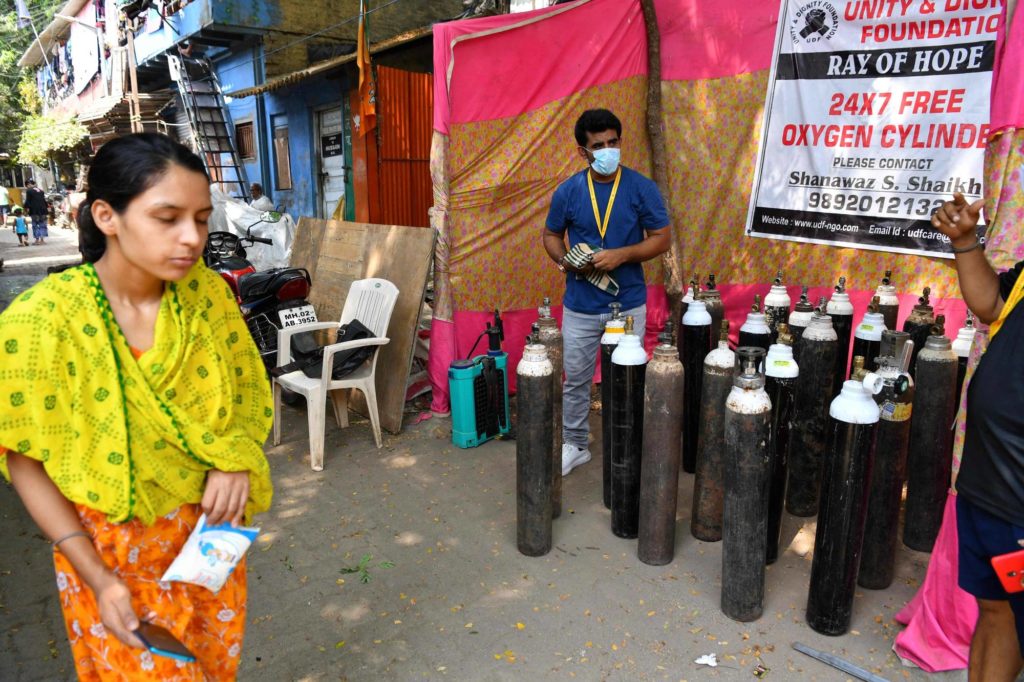
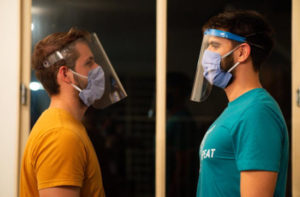
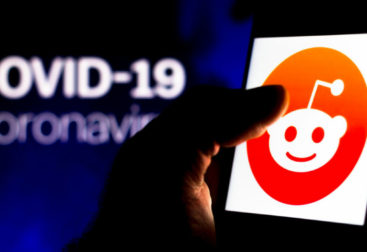

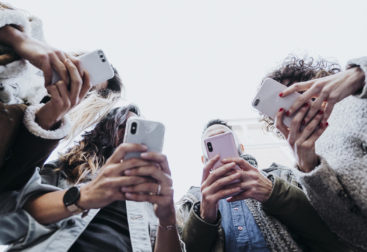
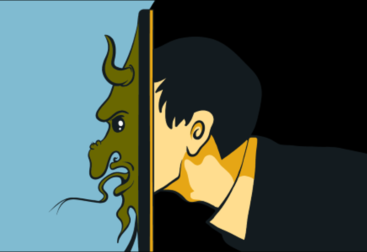
Hi Steve,
Fantastic work on this post! I found it interesting to read about how India used crowdsourcing tools during their COVID-19 spike of cases, with individuals using social media to find oxygen cylinders and hospital beds. It just shows how these various crowdsourcing tools can be lifesaving and used in so many times of crisis!
And as you mentioned, the way people shared 3D printing patterns for essential PPE was great to see. Similarly, I saw many people at the start of the pandemic sharing how to make cloth masks and creating sewing video tutorials and posting them on social media.
You have written a clear, compelling and highly credible post – Well done! The inclusion of the COVID-19 case study and the use of imagery made for an engaging post too.
Great work again, Steve! I’m excited for the next one! 🙂
Hi Steve,
This is an amazing post! You kept it very engaging and interesting throughout with many examples of what crowdsourcing is and I think the COVID-19 example is perfect because there’s so many ways people have been crowdsourcing during the COVID-19 pandemic and the fact it’s current makes this example even stronger. I like how you mentioned how India turned to social media this year to find equipment and places in order to save lives from the Delta strain. It shows how overwhelming the situation has been in India and it shows the positive aspect of how crowdsourcing can be a really useful approach in times of crisis. I also thought the 3D printing example was very fascinating and again shows how useful the crowdsourcing phenomenon is! I loved reading this post, great work Steve.
– Emme
Hi Steve,
Another great blog post!
I couldn’t agree with you more in saying that crowdsourcing and its connection of people with shared interests and goals is one of the internets greatest strengths. It is so impressive to see how the internet can bring the community together in times of crisis and provide so much good to the world, where it is often seen as such a negative place. The Covid-19 response is such an appropriate and timely example and you have made use of some very credible sources. I do think, however, that it is important to remember and recognise the risks of an overreliance on the internet in times of crisis.
Can’t wait to read the next one!
Hi Steve,
Your blogs never seem to miss!
I found it interesting to read your covid examples as i used covid examples to help my blog (however i think yours is a bit better than mine 👌 ), it was a great read and i’m going to be sad not being able to see anymore awesome blogs coming from you.
Hi Steve,
I particularly enjoyed reading your blog. I especially enjoyed your example of the oxygen bottles in India as part of how crowdsourcing helped the Covid- 19 response in an impoverished country. I felt your post was well thought out and engaging. Crowdsourcing is such a powerful tool in connecting a diverse group of people with shared interest and goals. I look forward to reading more.
Hey Steven,
Thank you for sharing your insight onto the COVID Pandemic and how crowd sourcing tactics were able to curve the spread in India. Crowdsourcing definately seems like the best response to a swift reaction to times of crisis.